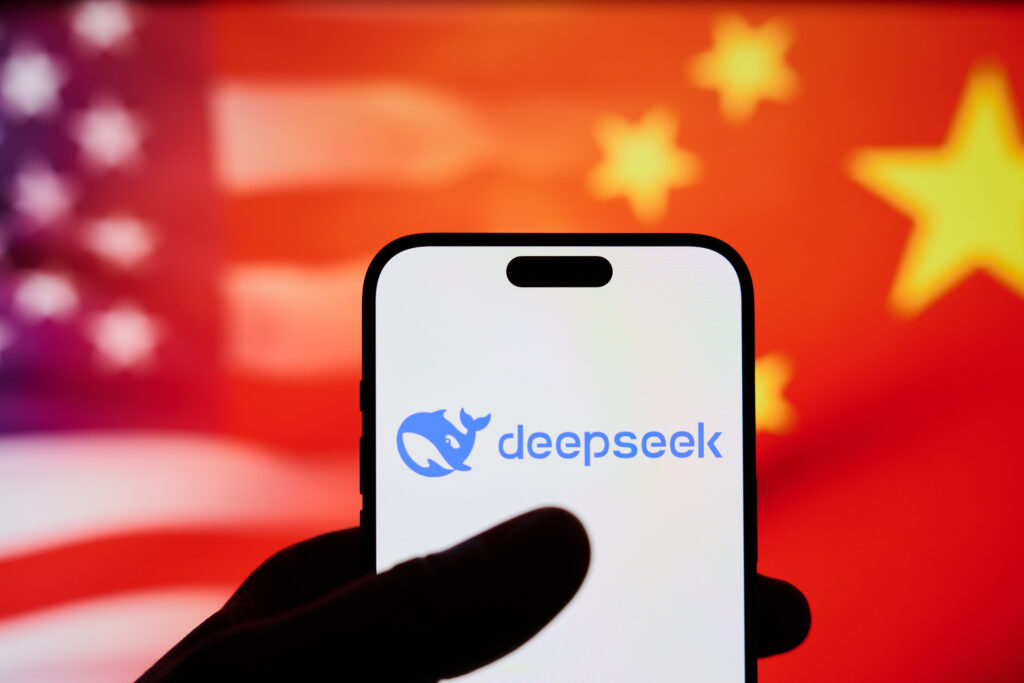China’s DeepSeek has entered the global spotlight after revealing the surprisingly low cost of training its R1 artificial intelligence model. The company disclosed that the training process required only $294,000, a fraction of what leading U.S. firms have reportedly spent on similar models. This announcement is intensifying the global debate about the competitive balance in the AI industry. Moreover, it highlights the role of China in shaping the future of advanced technology.
As AI becomes central to innovation, national competitiveness, and economic growth, DeepSeek’s strategy of low-cost development highlights a potential turning point. By leveraging unique techniques such as model distillation, they achieved breakthroughs through more efficient GPU clusters. These disrupt long-held assumptions about the costs of building large-scale AI systems.
The Economics of AI Development
AI training requires enormous computational resources, typically involving thousands of high-performance chips operating for extended periods. U.S. firms such as OpenAI have emphasized that training a large language model can cost more than $100 million. This underscores the expense of powering foundational models. DeepSeek’s disclosure challenges this narrative by presenting a radically different cost structure.
The Chinese developer reported using Nvidia H800 GPUs, which were specifically designed for China following U.S. export restrictions on advanced semiconductors. This has raised questions about how Chinese firms are adapting to these limits while still pushing forward in the AI race. The broader geopolitical context of AI hardware supply chains, particularly the role of semiconductors, is well documented by the Semiconductor Industry Association. They track global competition and policy.
Model distillation is at the center of DeepSeek’s approach. This technique allows one AI system to learn from another, effectively compressing knowledge without incurring the full costs of retraining on massive datasets. While some argue that distillation borrows too heavily from existing models, DeepSeek positions it as a democratizing tool. It reduces barriers to entry.
Implications for the Global AI Race
The implications of DeepSeek’s low-cost AI are profound. If powerful models can be trained at a fraction of today’s industry-standard costs, the barriers to AI innovation will fall dramatically. This shift could accelerate adoption across smaller startups, research institutions, and emerging markets that previously lacked the resources. They can now compete at the highest level.
For the United States, the concern extends beyond economics to national security. If rivals are able to scale advanced AI development despite chip export bans, the effectiveness of technological containment strategies becomes questionable. The Council on Foreign Relations has highlighted how artificial intelligence is no longer just a commercial technology. It is a strategic tool shaping power dynamics in international relations.
Moreover, DeepSeek’s work underscores the growing divide between open-source and proprietary AI ecosystems. By relying on frameworks such as Meta’s Llama, the company is blending open research with proprietary innovation. This further blurs the lines between collaborative science and competitive advantage.
Future of AI Affordability and Regulation
DeepSeek’s disclosure raises difficult questions for policymakers, investors, and competitors. Will the U.S. double down on restrictions to prevent similar breakthroughs abroad? Alternatively, will the market move toward more open, affordable AI systems? The Brookings Institution has analyzed how emerging technologies like AI require nuanced governance frameworks. These must balance innovation with security concerns.
At the same time, the possibility of dramatically lower training costs could democratize AI. This would bring powerful tools into education, healthcare, and small business operations around the world. If companies can replicate DeepSeek’s efficiency, the global economy could experience a wave of innovation. This would be far broader than what today’s dominant players have anticipated.
What remains clear is that AI affordability is becoming just as important as AI capability. Training costs no longer merely reflect technological achievement. They shape who participates in the race, who benefits from its breakthroughs, and who holds influence in the digital age.



